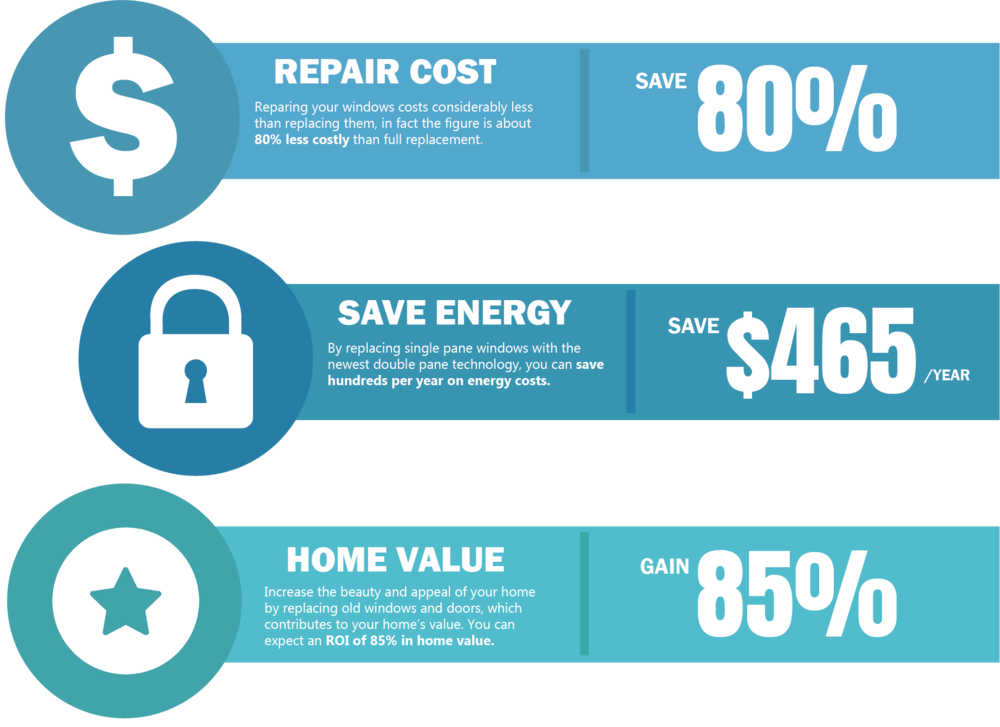The Very Best Stress Washing Methods For Every Single Surface
The Very Best Stress Washing Methods For Every Single Surface
Blog Article
Post Created By-Coley Vincent
When it concerns push cleaning, the method you choose can make all the difference in attaining a tidy, streak-free surface. You might find that difficult surfaces, like concrete, need a different method than softer products, such as timber or plastic. It's necessary to adapt your techniques to the surface type to avoid damage while taking full advantage of cleaning performance. So, what are the very best techniques for each and every surface, and just how can you ensure you're making use of the right setups and tools for the task? Allow's explore what you require to know to obtain the most effective results.
Tough Surfaces
When it concerns pressure cleaning hard surfaces, preparation is key. Prior to you even think about taking out the pressure washer, put in the time to clear the location of any kind of particles, furniture, or obstacles. You don't want anything getting in your way or potentially destructive your devices.
Next off, check the surface area for any fractures or damage; this will certainly aid you figure out the best strategy and pressure setups.
When you've prepared the location, it's essential to pick the right nozzle. For hard surface areas like concrete or brick, a slim nozzle (15 or 25 degrees) functions best to supply a focused stream of water that can successfully eliminate crud and discolorations. Always start at professional window cleaning and gradually relocate better to avoid any surface damages.
As you start washing, maintain the wand moving to avoid touches and over-saturation. It's also helpful to work from the top down, permitting dirt and particles to get rid of naturally.
Ultimately, keep in mind to wash the surface completely after cleaning to eliminate any kind of leftover detergent. With these strategies, you'll achieve a clean and rejuvenated look on all your hard surface areas.
Soft Surfaces
Stress washing soft surfaces requires a gentler approach to protect them from damages. Whether you're cleansing your deck, patio area furnishings, or home siding, making use of too much stress can cause dents, scrapes, or perhaps irreversible damage.
Start by choosing a low-pressure nozzle, ideally a 25-degree or wider spray pattern, to disperse the water much more carefully.
Before you begin, it's important to pre-treat any kind of spots with a suitable cleansing option. This action allows the cleaner to penetrate the dust and crud, making it easier to remove without scrubbing as well hard.
Always apply https://retail-cleaning-services64208.theobloggers.com/38737970/a-comprehensive-summary-for-picking-the-most-suitable-stress-washing-solution from all-time low as much as prevent spotting.
When you start stress cleaning, maintain a range of at least 12 to 18 inches from the surface. Relocate your stick in a sweeping motion, keeping it parallel to the surface to avoid concentrated pressure on one area.
Wash the location completely after cleaning to remove any kind of residual cleanser.
Last but not least, evaluate the surface for any kind of missed areas and repeat the procedure if necessary. By complying with these steps, you can efficiently tidy soft surfaces while maintaining their integrity and look.
Specialty Surfaces
Cleaning soft surface areas requires treatment, however specialty surface areas require even more focus to detail. When you take on these surface areas, like fragile wood, stained concrete, or particular types of siding, making use of the appropriate pressure washing methods is important to avoid damage.
First, examine the material. As an example, dealt with wood can usually withstand moderate pressure, yet softer woods like cedar might call for a lower setting. Always begin with Learn Even more and progressively boost if essential.
For tarnished concrete, utilize a follower spray nozzle and maintain a consistent range to avoid etching the surface.
When managing surface areas like plastic house siding or painted surfaces, a vast spray pattern aids disperse the pressure evenly, shielding the finish.
It's likewise smart to use cleaning agents specifically created for specialized surface areas. They can boost cleaning without compromising the material.
Wash completely after washing to remove any kind of deposit, as it can lead to discoloration or damage over time.
Final thought
In conclusion, understanding stress cleaning techniques for different surface areas can make all the distinction in your cleaning results. For hard surface areas, stick to slim nozzles and a top-to-bottom approach, while soft surfaces need a gentler touch with broader nozzles. Do not neglect to pre-treat spots and wash completely to stay clear of residue. By adjusting moved here to each product, you'll not just attain a cleaner coating yet also secure the stability of your surface areas. Pleased cleansing!
